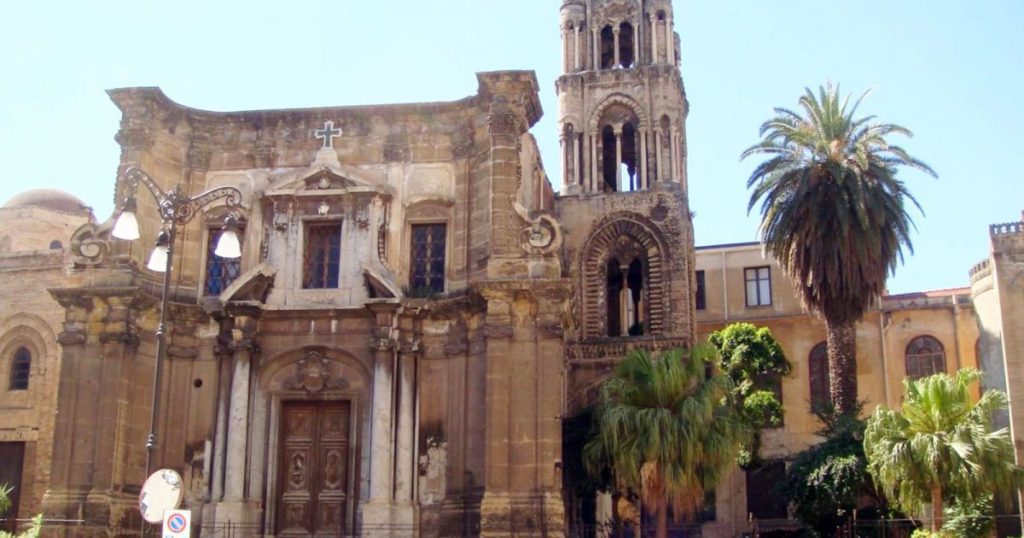
Palermo sights
Palermo is the capital of the Italian island of Sicily. An ancient settlement established as far back as the 8th century BC. Today it is not just a centre favored by Mafia groups but a luxurious seaside destination. In addition to its comfortable resort features, the city also has impressive architectural treasures.
Palatine Chapel
The Palatine Chapel is one of the oldest chapels in Palermo. Its original name was Palazzo dei Normanni. In fact, only members of the Sicilian royal family could pray within its walls. Interestingly, the chapel is mostly in the Arabic style with Norman elements. There are elements of Byzantine mosaics. The ceiling is famous for its carved decoration.
The chapel was built in XII century. It has kept practically all the interior decoration, including columns made of granite and marble. They serve as the dividers of the lateral naves from the centre of the basilica. The floor is a particular eye-catcher. It is made in cosmatesco technique.
The Cathedral of the Assumption of the Holy Virgin Mary
The location attracts tourists not only because of its unparalleled appearance. There are burial places of Sicilian monarchs and Germanic emperors. It is said that they were the most economically and culturally favourable rulers of the island.
Today, the structure is impressive in its power, which is smoothed out by lush natural plantings. Nearby paths add a touch of delicacy to the site and act as an additional decoration.

Churches of Martorana and San Cataldo
The churches occupy an area in one of Bellini’s most beautiful squares. They stand out from the rest of the architecture of the area. The surrounding houses have a more modern appearance and are more of a rival.
The construction of both structures dates back to the XII century. Interestingly, they both belong to different eparchies. The buildings themselves are characterized by a perfect combination of Byzantine and Arabian styles. They attract attention with their exterior and finally they fall in love with the interior.
Norman Palace
Where the borders of the historic part of the Sicilian capital are marked, you will find the Norman Palace. It once housed a royal residence. The first mention of the building dates back to the IX century. In the following centuries, the Romans, Phoenicians, Normans and Spaniards made changes to the structure.
Today the palace has eclectic features, but with elements of different styles, depending on the era in which they were introduced. However, thanks to the combination of different details, even from the façade it is possible to trace the history of Palermo. Today the Norman Palace is the seat of the Assembly.
Palazzo Cisa
The original purpose of Cisa was for it to be the seat of William I. But the monarch died before the structure was completed. The sumptuous palace ended up being passed on to an heir who appreciated oriental culture. Nonetheless, the building was extensively restored over the centuries.
The main restoration took place in the 70s-80s of the 20th century. Subsequently, the palace was turned into a museum. Today it has elements of Eastern, European and other cultures. Inside is the Museum of Islamic Art, with artefacts collected in the Mediterranean.





